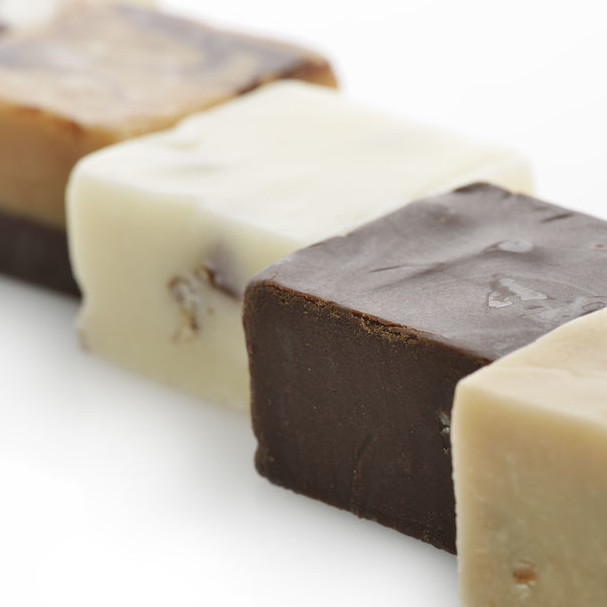
Condensed Milk
Also known as sweetened condensed milk
What is Condensed Milk?
Condensed milk is a value-added dairy product made from the partial evaporation of water from pasteurized milk. It is a thick, creamy and viscous fluid and is an essential component of:1
- Chocolate toppings
- Milk fudge
- Key lime pie
Origin
Producing this dairy product began in the Mid-nineteenth Century and was driven by the need to find ways to preserve milk. The first sweetened hermetically-sealed condensed cow’s milk was produced by Gale Borden in the United States. The process spread quickly into Europe. Later, it was adopted by the Anglo-Swiss company Page-Nestle’ which became Nestle’. Standardization was only established later at the beginning of the 20th Century.2
Function
Condensed milk has a long shelf life and low moisture compared to regular milk. It is widely used in various deserts, sweet-savory foods, fudge, candies, waffles and baked goods as well as companion to coffee, tea and other drinks. In food and baked products, this type of milk provides the following benefits:
- Sweetness
- Moistness
- Viscosity
- Cooking without curdling (puddings, sauces)
- Extending shelf life
- Desirable flavor and crust color
Commercial production
The production relies on special processing equipment. Briefly, standardized whole milk is pasteurized and partially evaporated at low temperature to avoid scalding or burning followed by sugar addition. The processing steps include:1
- Whole milk is flash-heated to about 185°F (85°C) for several seconds. It is then piped to the evaporator where water is removed.
- Concentration under vacuum pressure to form a homogenous syrup with 30-40% solid.
- The milk is cooled and then inoculated with approximately 40% powdered lactose crystals followed by agitation to stimulate crystallization. It is this sugar that preserves the condensed milk.
- Piping into sterilized cans and vacuum-sealing.
The resulting condensed milk fluid can store for around 2 years without refrigeration if produced and canned appropriately. While stability of this ingredient is due to the high concentration of sugars, evaporated milk stability is ensured by sterilization.
Composition and nutrition
Typical macro nutrients profile (per 100 g):3,4
| Energy | 328 kcal |
| Carbohydrates | 56.8 g |
| Protein | 8.2 g |
| Total lipids | 7.5 g |
In addition, it contains calcium, phosphorous and B-vitamins mainly riboflavin (B2) and cyanocobalamin (B12). Due to its high fat and sugar content, it contributes calories may not be suitable for those with lactose intolerance.
Application
Condensed milk is often confused with evaporated milk. Although both products have some of the water removed, condensed milk contains 40-45% sugar that has been cooked prior to mixing with whole milk to make it sweet and gooey. Evaporated milk is simply milk that has been heated to produce a product with the consistency of a cream.
In baked goods, this ingredient is often incorporated into:
- Desserts
- Sweets
- Fudge and candies
- Chocolate coatings
- Ice cream and frozen desserts
- Key lime pie
FDA regulation
As a food, condensed milk is regulated by FDA under 21CFR131.120.4
References
- Evaporated and Condensed milk. http://www.madehow.com/Volume-6/Evaporated-and-Condensed-Milk.html. Last accessed by Feb 1. 2020.
- Hess, H.J. Encyclopedia of Food Sciences and Nutrition, Academic Press, 2nd edition, 2003. B. Cabarello, P. Finglas and Toldra, F. pp. 600
- Condensed milk. https://www.fitsa-group.com/en/produit/laits-concentres/. Last accessed by Feb 1. 2020.
- CFR – Code of Federal Regulations 21CFR131.120. Accessdata. Fda. gov. April 01. 2019. https://www.accessdata.fda.gov/scripts/cdrh/cfdocs/cfcfr/CFRSearch.cfm?fr=131.120. Last accessed by Feb 01. 2020.

